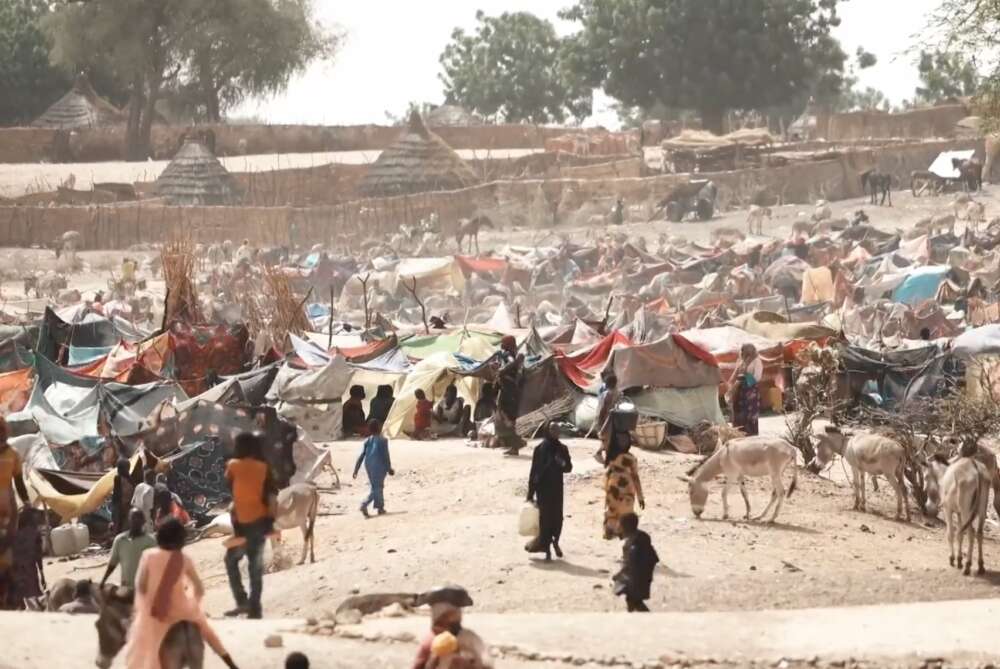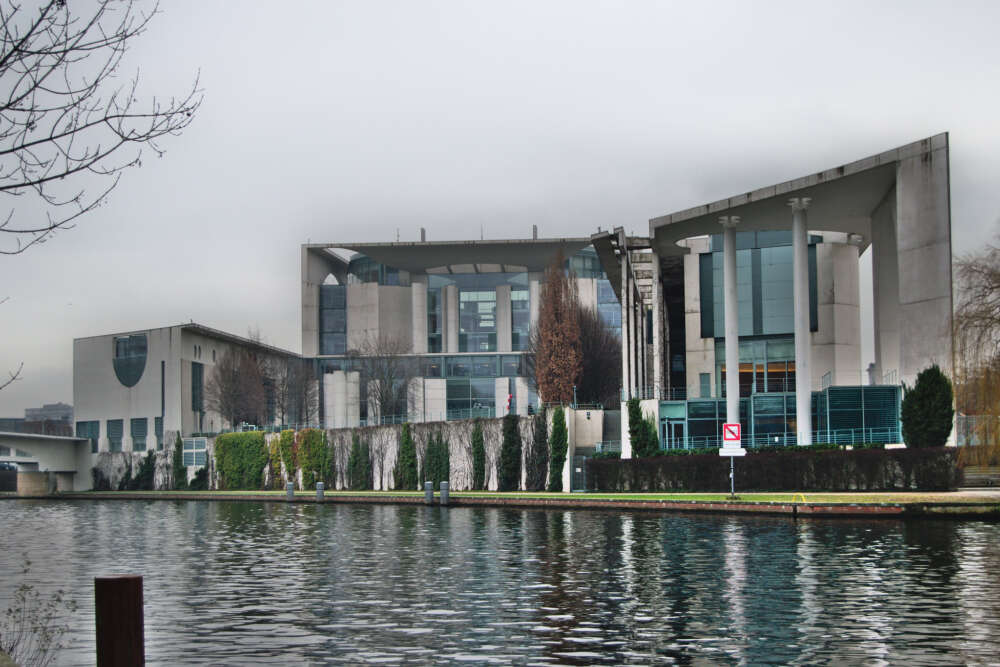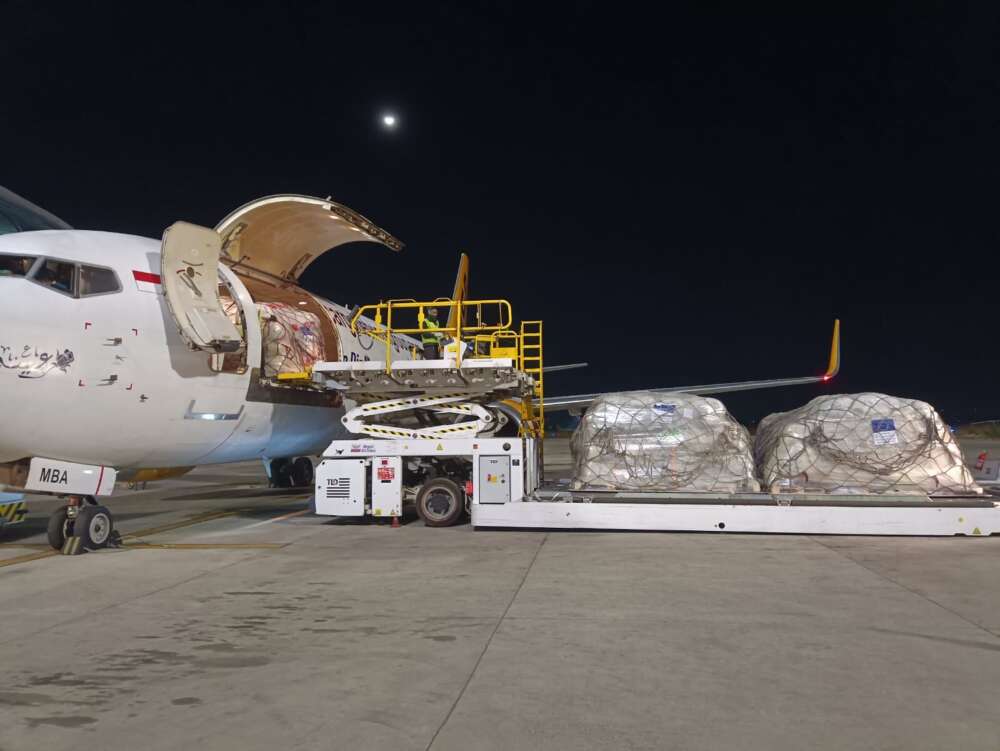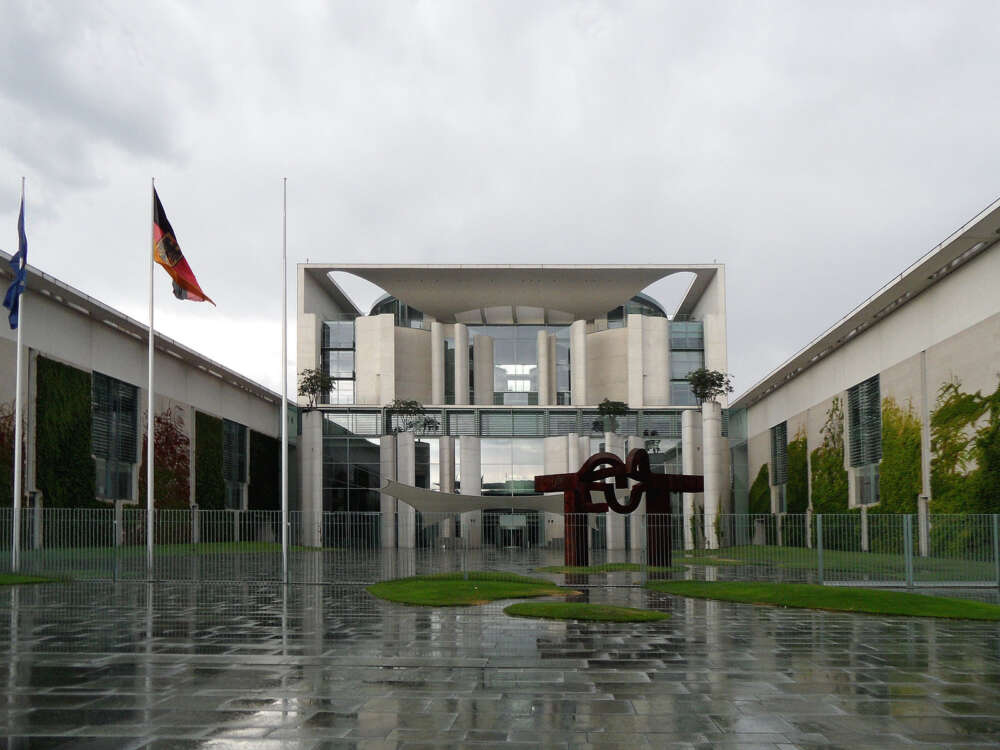Donor Strategies for Addressing the Transition Gap and Linking Humanitarian and Development Assistance
Executive Summary
Humanitarian assistance and development cooperation pursue different aims and follow different principles. Their separation – while important to protect the independence of humanitarian action – has negative side effects. This paper seeks to contribute to the international debate by clarifying concepts, analyzing these effects and exploring donor strategies for addressing them.
The State of the Debate
The paper first defines the subject area – the main forms of aid, as well as the different concepts used to describe and encourage links between them. Relief aims at saving lives and mitigating suffering, targets populations affected by emergencies, is based on the humanitarian principles of humanity, independence, impartiality and neutrality and most often provides assistance directly or works through civil society. Recovery constitutes the grey area that aims at recreating pre- or non-emergency situations, targets populations affected by emergencies, applies development principles as far as the humanitarian principles allow and has a preference for working through local communities and local government. Development, in turn, aims at improving the social and economic situation, targets societies as a whole, follows the principles of ownership, alignment, results and mutual accountability and preferably works through national and local governments.
Several concepts have been developed to analyze the disconnect between these forms of assistance. They include “developmental relief” or “development-relief”, “linking relief, rehabilitation and development (LRRD)” and “early recovery”. While the concepts vary in their emphasis, they highlight three aspects of linking: (1) applying development principles early on in emergency settings to ensure the ground for development is prepared; (2) ensuring a smooth transition as well as continuity and coordination between interventions on the ground; and (3) using development cooperation to support prevention and disaster risk reduction.
The Funding Gap
An important effect of the disconnect between the different forms of assistance is a funding gap for the transition between them. This “transition” can mean different things: a certain time-window during the response, specific types of response activities, namely recovery, or specific types of crisis situations, namely fragile states. Available evidence does not support the classic argument that a temporal funding gap occurs between a “humanitarian phase” and a “development phase” of the response. Instead, there is some evidence that a systematic funding gap for recovery activities exists and clear evidence that fragile states do not receive support commensurate with their needs.
Donors have developed several strategies for filling funding gaps, though it is not always entirely clear which of the gaps they seek to address. The main strategies are: 1. Creating specialized funds or budget lines such as Germany’s Development-Oriented Emergency and Transitional Aid. 2. Pooling funding lines or increasing their flexibility such as the Dutch Stability Fund. 3. Designating a specific share of humanitarian and/or development funding for recovery or transition as is the case for example in Switzerland.
While providing targeted resources for gap areas is important and welcome, it does not address – and some strategies may even exacerbate – the underlying problem of the disconnect and its other negative effects.
Addressing the Disconnect
The disconnect between humanitarian assistance and development cooperation does not only lead to a funding gap for the transition between them, but has other negative side effects as well. It exacerbates the short-term orientation of humanitarian assistance. It creates operational problems on the ground as synergies between interventions are not used and project implementation can be discontinuous. And it means that development actors often do not focus sufficiently on disaster risk reduction and preparedness.
When trying to address the disconnect, donors encounter typical obstacles. First, there are conceptual problems. It remains unclear to many what the different forms of assistance are and what the various linkage concepts entail. Second, many donors have institutional divisions between their humanitarian and development branches. These divisions are most pronounced when different ministries are responsible, but they also exist when different departments within the same ministry deal with humanitarian and development (and sometimes transition or recovery) issues. Third, effective linking means changing the ways both humanitarian and development actors operate. This is a difficult task that requires changing mindsets and incentive structures. Finally, donors are challenged by their implementing partners who often lack the expertise and capacity to operate across different forms of aid and do not coordinate their activities sufficiently with other actors.
Donors use different strategies to strengthen the links between the different forms of aid. Decentralization is a general reform concept that entails benefits in this regard. By making allocation decisions at the country level, donors can tailor their support better to the situation on the ground and meet priority needs, including recovery and transition needs. Especially if the same individual or country office is responsible for administering both humanitarian and development assistance, they can create pragmatic linkages between the different funding lines and different implementing partners. Decentralization, however, entails a fundamental institutional reform, requires significant donor capacities on the ground and therefore usually requires focusing on a limited number of priority countries and relying on multilateral support mechanisms for the remainder.
An alternative is to strengthen intra-governmental coordination. Possible steps in that direction range all the way from small, pragmatic measures to improve information exchange and joint planning to formal inter-ministerial committees, whole-of-government approaches or institutional integration. While efforts to enhance internal coordination are indispensable, they often encounter institutional barriers and therefore often only have limited effects.
Complementing these strategies are measures to enable and incentivize implementing partners to adopt more holistic approaches and strengthen the links between different forms of assistance. This can include for example relying on the same partner organizations for humanitarian and development projects, requesting them to outline their linking strategies in funding applications and supporting them in identifying opportunities for follow-up funding.
Strengthening the links between humanitarian assistance and development cooperation is essential for making international assistance more effective and more efficient. Donors have various options for doing so and need to take strategic decisions. They can either opt for addressing one of the effects of the disconnect – the funding gap for transition – through specialized funding instruments. This promises quick and visible results, but exacerbates the underlying problem. Alternatively, they can opt for the more arduous route of reducing the disconnect through either decentralization, intra-governmental coordination, incentives for partner organizations or a combination of these measures.
…







